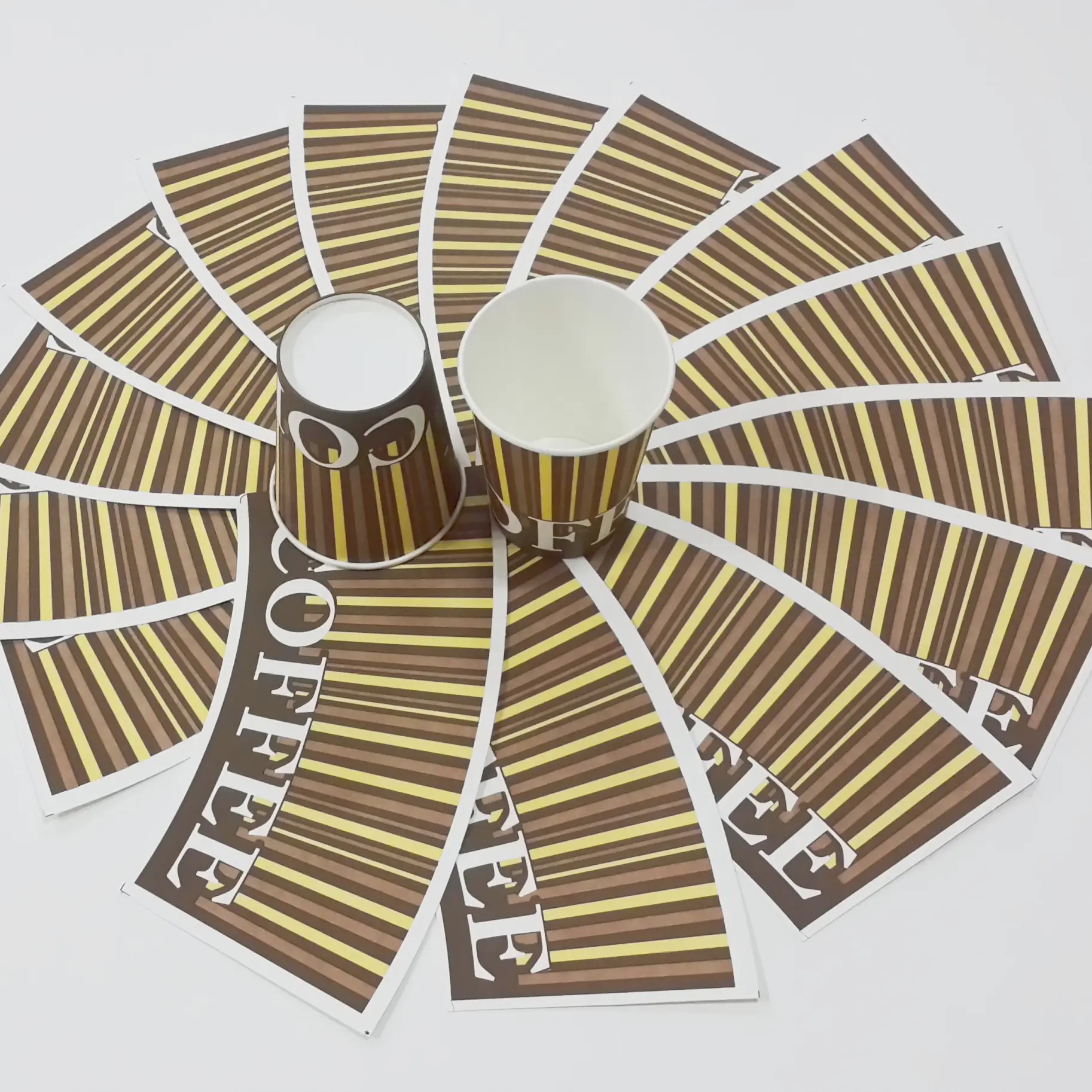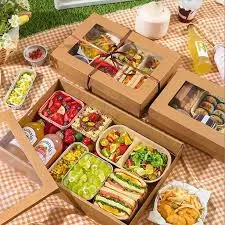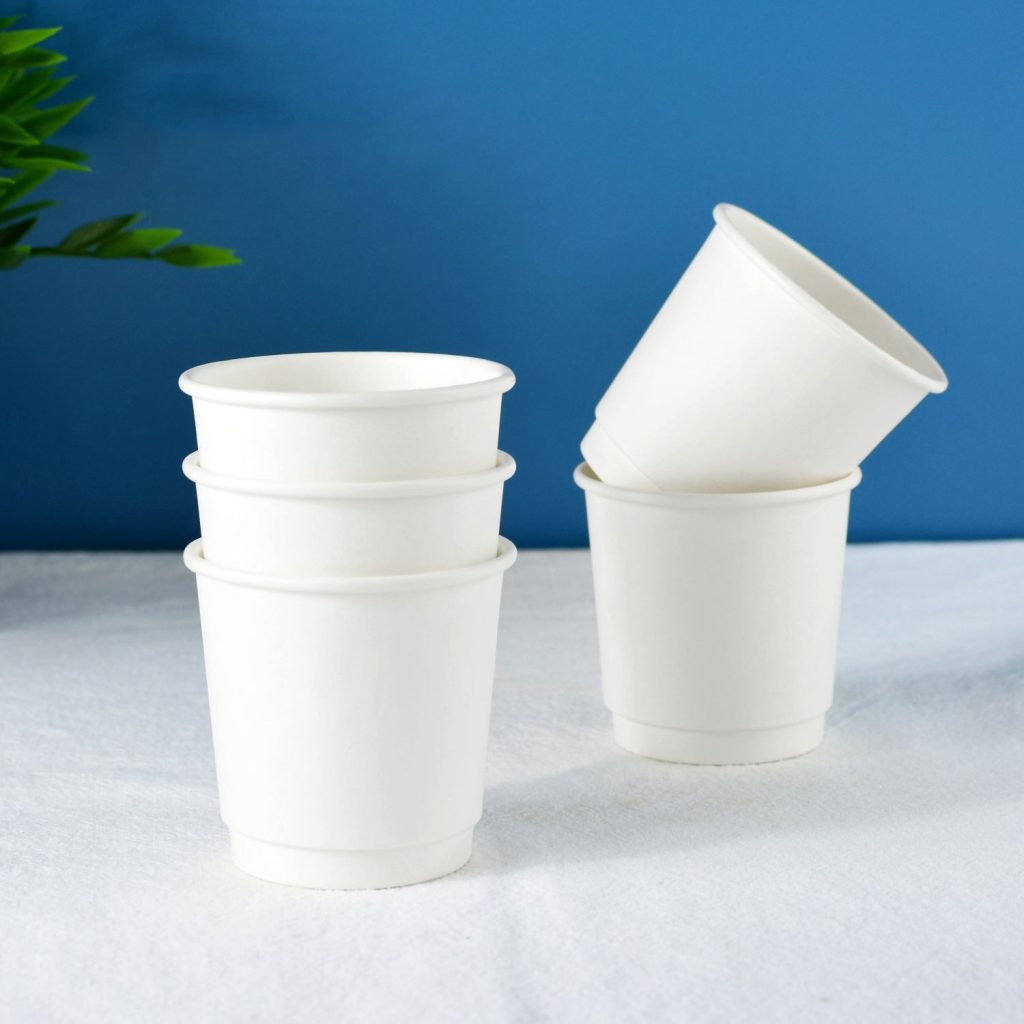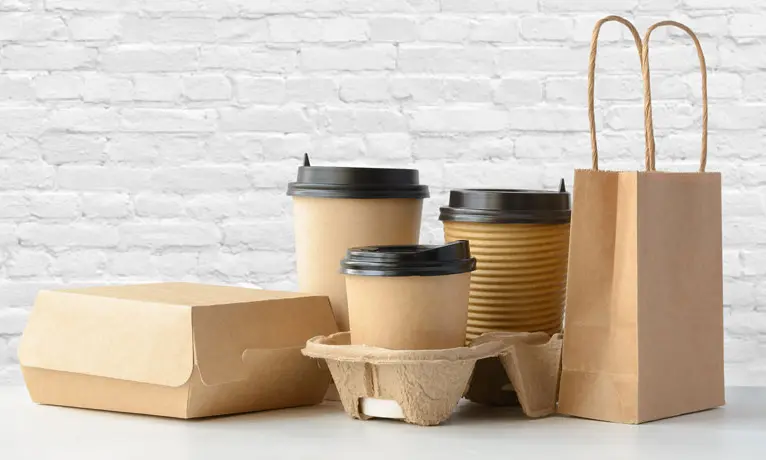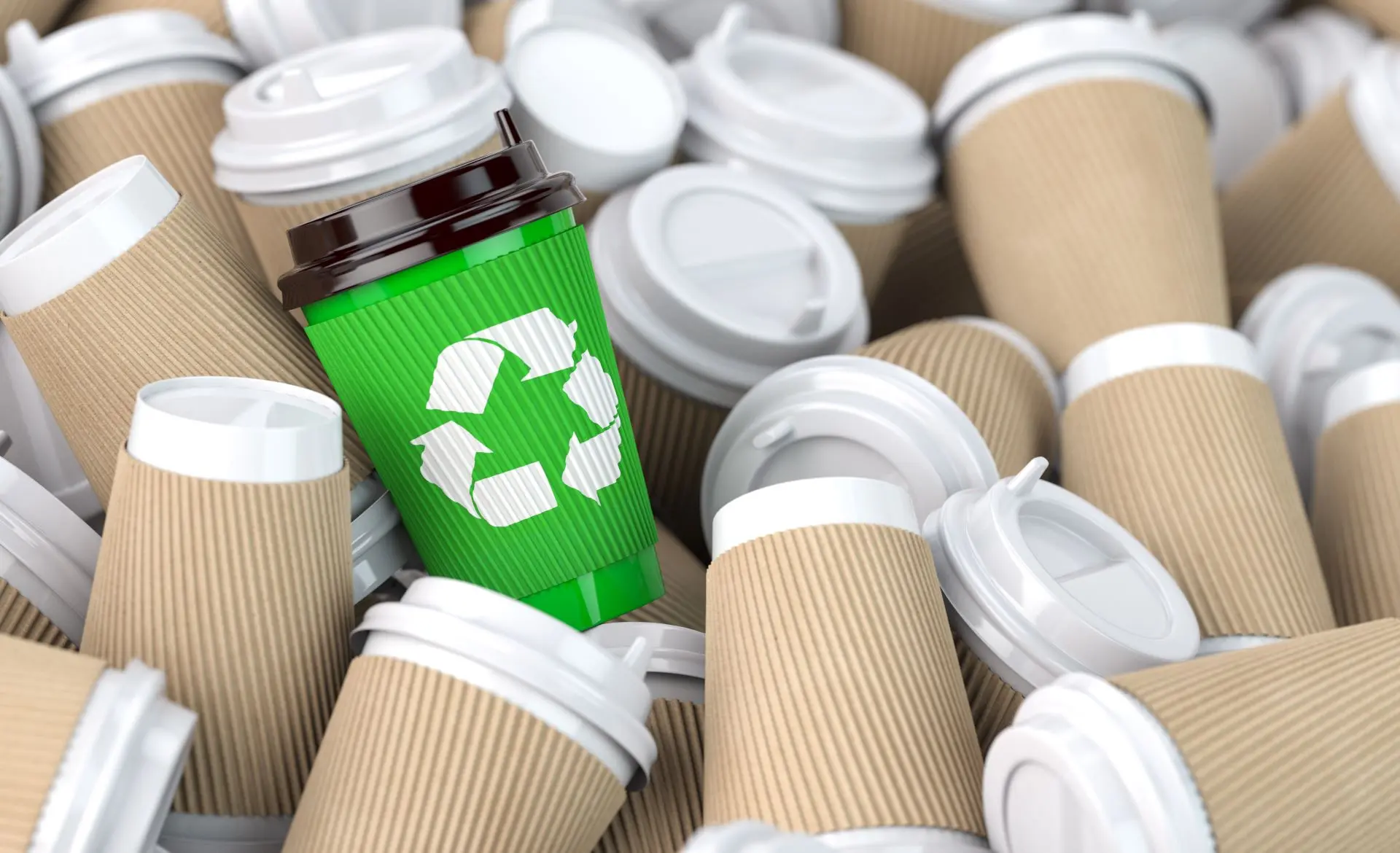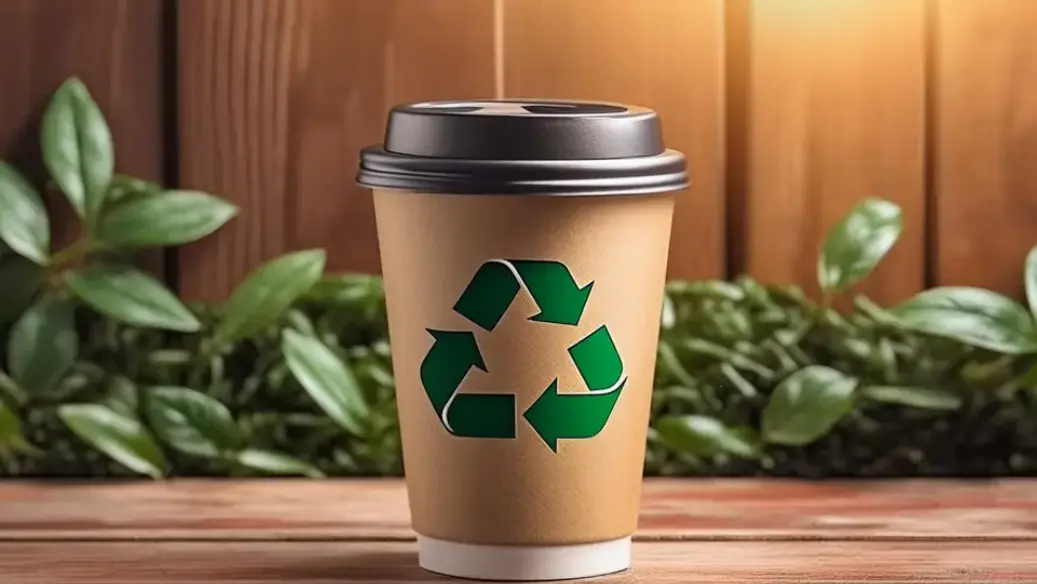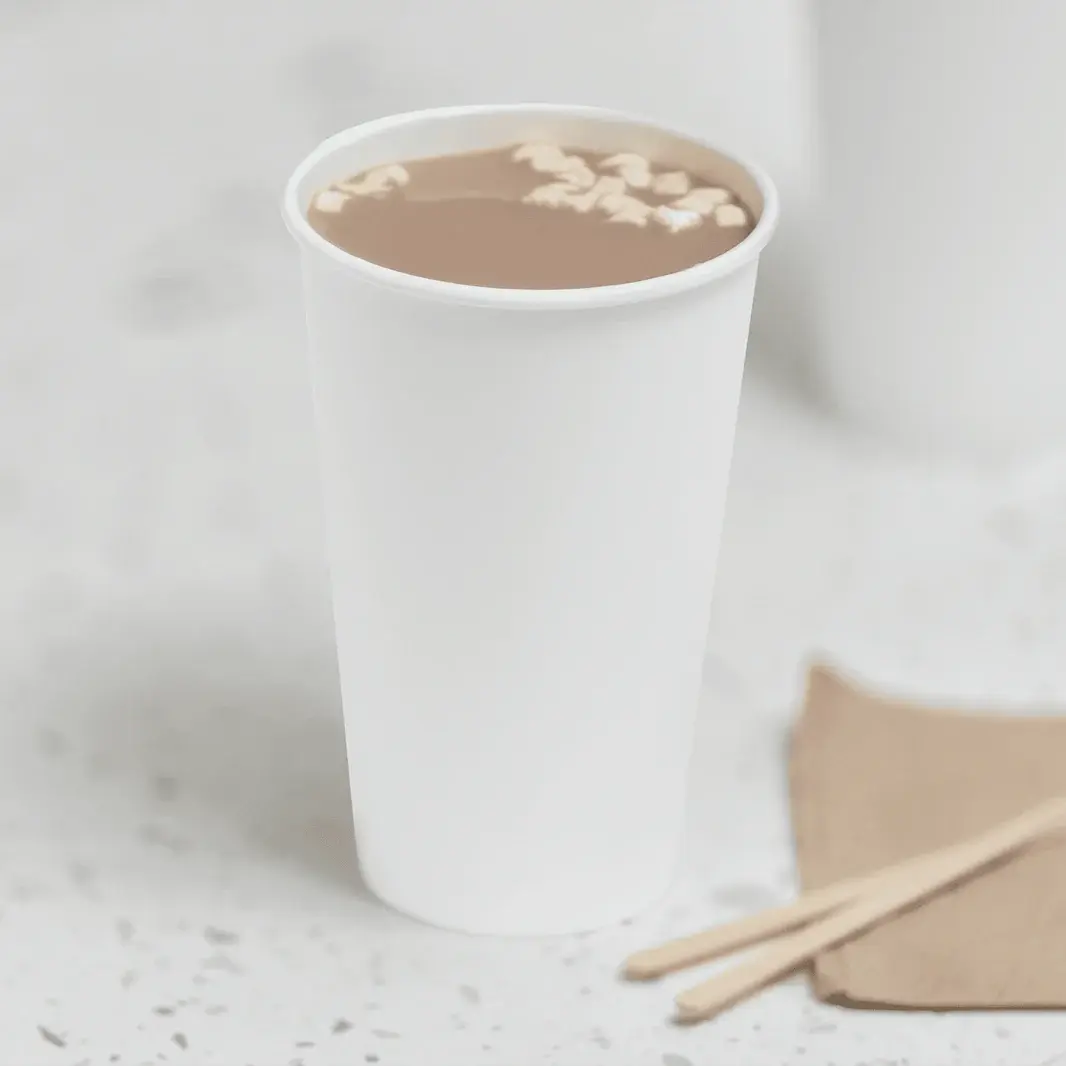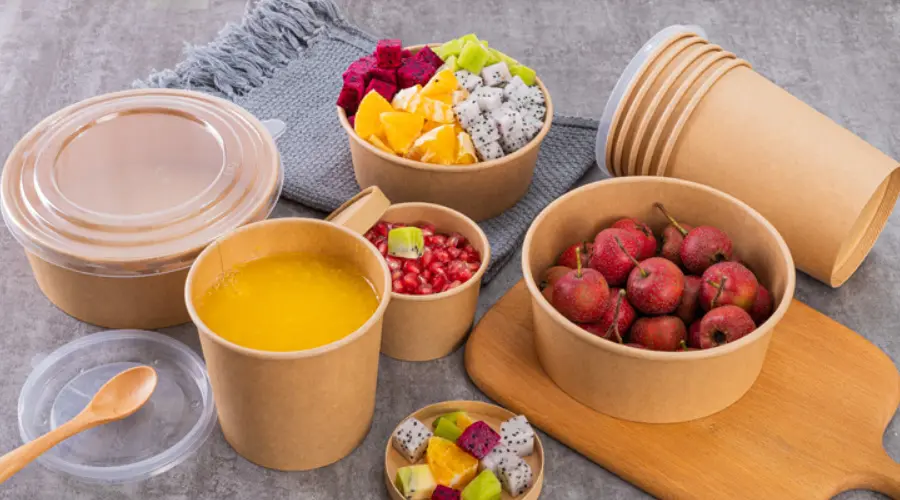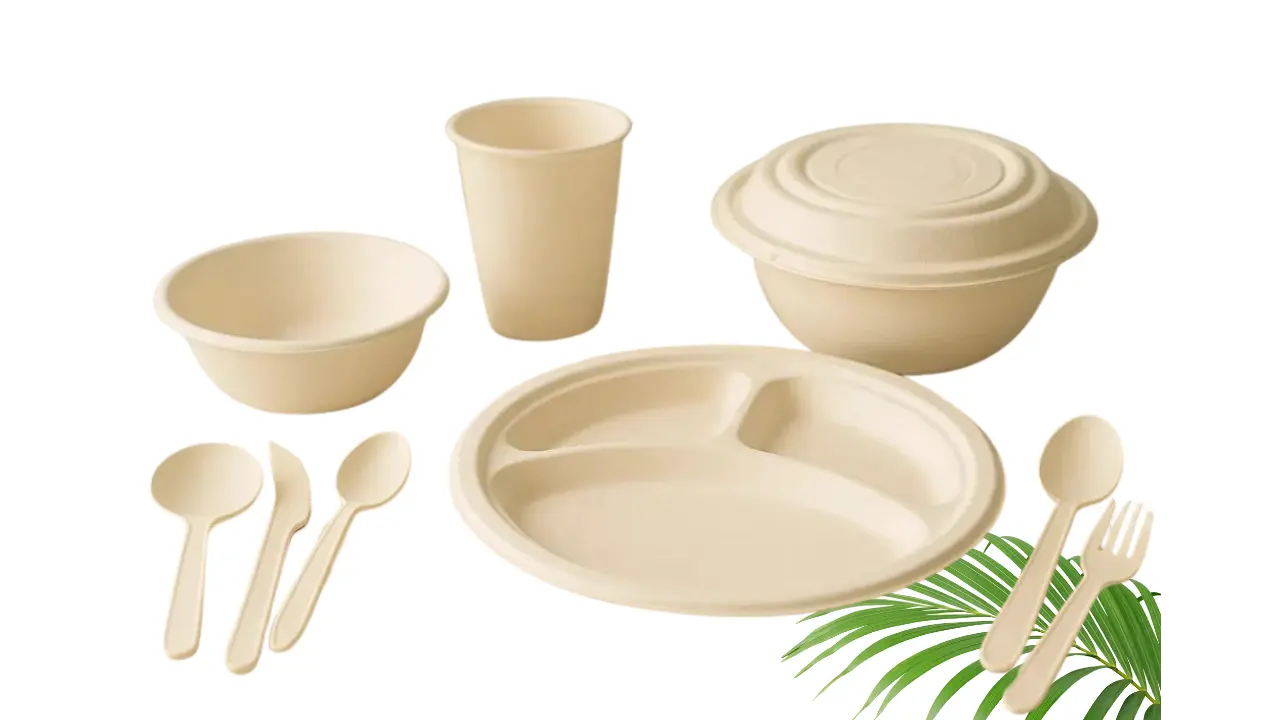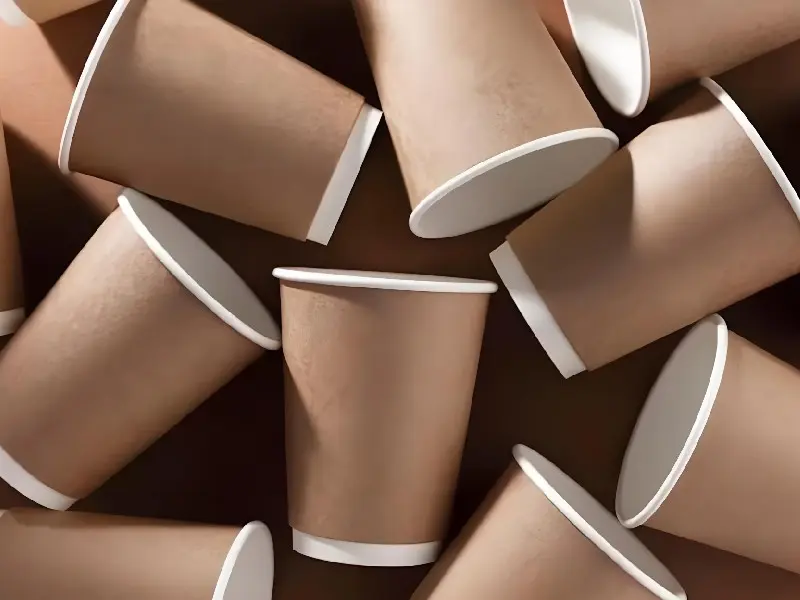Are paper cups ok for coffee?
You can grab your coffee in Paper Cups without much worry. These cups work well for hot drinks if you use them once and toss them afterward.
Tip: Always check the cup for damage before pouring your coffee. That helps you avoid leaks or spills.
Key Takeaways
- Use paper cups for hot coffee only once. This prevents leaks and keeps your drink safe.
- Check your cup for damage before use. A damaged cup can lead to spills or burns.
- Drink your coffee soon after pouring. Hot drinks can weaken the cup over time.
Paper Cups and Hot Coffee Safety
Temperature Resistance of Paper Cups
You might wonder if paper cups can really handle hot coffee. Most paper cups are made to hold hot drinks like coffee or tea. The inside of these Cups Usually has a thin lining. This lining keeps the cup from soaking up your drink and falling apart.
When you pour hot coffee into a paper cup, the cup can handle the heat for a short time. Most cups can take temperatures up to 200°F (about 93°C). That covers most coffee drinks you get at a café or make at home.
Note: If you use a microwave to reheat your coffee, avoid putting paper cups inside. The heat can weaken the cup and cause leaks.
Here’s a quick look at how paper cups stand up to heat:
| Temperature (°F) | Can Paper Cups Handle It? |
|---|---|
| 120 | Yes |
| 160 | Yes |
| 200 | Yes (for a short time) |
| 212 (boiling) | Risk of weakening |
Short-Term Use and Safety
You can safely use paper cups for your morning coffee. These cups work best when you use them once and throw them away after. The lining inside the cup keeps your drink from leaking out, but only for a short time.
If you leave hot coffee in a paper cup for too long, the cup may start to soften. You might notice the cup feels flimsy or even starts to leak. That’s a sign it’s time to finish your drink or pour it into a sturdier mug.
- Use paper cups for quick coffee breaks.
- Don’t reuse the same cup for another drink.
- Check the cup for any damage before you fill it.
Tip: If you want to enjoy your coffee for a long time, use a ceramic mug or a travel tumbler instead.
Types of Paper Cups for Coffee
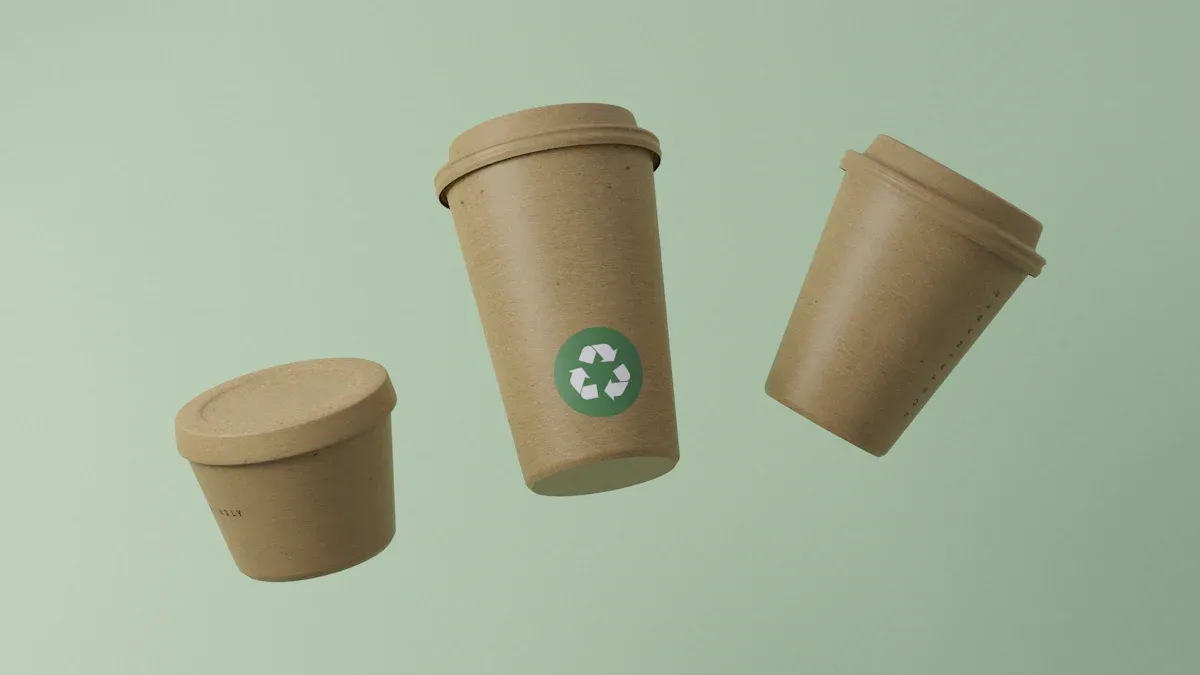
Wax-Coated Paper Cups
You might see wax-coated paper cups at diners or small cafes. These cups have a thin layer of wax inside. The wax keeps your coffee from soaking into the paper. Wax-coated cups work best for cold drinks, but you can use them for warm coffee, too. If your coffee is very hot, the wax can melt. That can make the cup feel soft or even leak.
Tip: If you like your coffee piping hot, choose a different type of cup. Wax-coated cups do not handle high heat well.
Polyethylene (PE) Laminated Paper Cups
Most coffee shops use PE laminated paper cups. These cups have a plastic lining called polyethylene. The lining keeps your coffee from leaking out. PE laminated cups can handle hot drinks much better than wax-coated ones. You can hold your coffee without worrying about leaks or soggy paper.
Here’s a quick comparison:
| Cup Type | Best For | Handles Hot Coffee? |
|---|---|---|
| Wax-Coated | Cold drinks | Not very well |
| PE Laminated | Hot drinks | Yes |
Compostable and Biodegradable Paper Cups
You may want to help the planet while enjoying your coffee. Compostable and biodegradable paper cups break down faster than regular cups. These cups use plant-based linings instead of plastic or wax. You can toss them in a compost bin if your city accepts them. They work well for hot drinks, but sometimes feel less sturdy.
Note: Always check the label. Not all compostable cups break down at home. Some need special composting facilities.
Health Risks of Paper Cups
Chemical Leaching from Linings
When you drink hot coffee from paper cups, you might not think about what’s inside the cup. Many cups have a thin plastic or wax lining. This lining keeps your coffee from soaking into the paper. Sometimes, heat from your coffee can cause tiny amounts of chemicals to move from the lining into your drink. You may hear people talk about chemicals like BPA or styrene. Most paper cups today use safer plastics, but you should know that some chemicals can still leach out, especially if the coffee is very hot or sits in the cup for a long time.
If you want to lower your risk, finish your coffee quickly and avoid reheating it in the cup.
Microplastic Particles in Coffee
You may have heard about microplastics. These are tiny bits of plastic that can end up in food and drinks. When you pour hot coffee into a paper cup, the heat can break down the plastic lining. This process might release microplastic particles into your coffee. Scientists have found small amounts of microplastics in drinks served in paper cups. The health effects are still being studied, but you might want to use a reusable mug if you worry about microplastics.
- Drink your coffee soon after pouring.
- Choose cups labeled as BPA-free or compostable for extra peace of mind.
Structural Integrity of Paper Cups
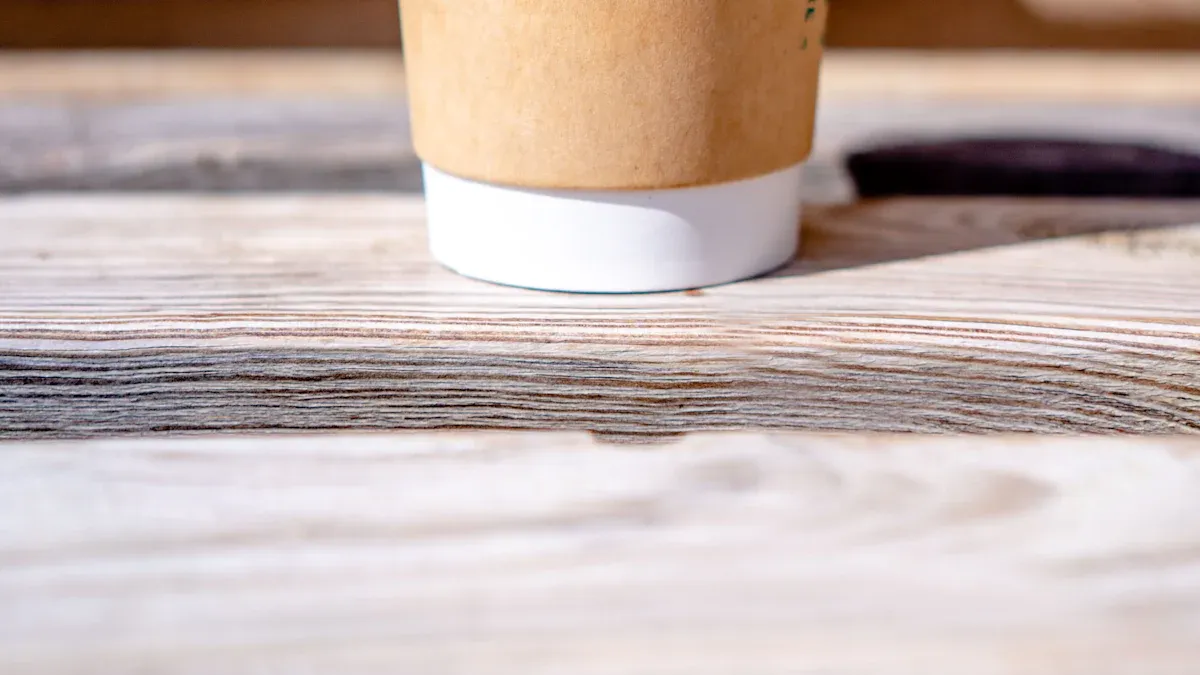
Durability with Hot Liquids
You probably notice that paper cups feel sturdy when you first pick them up. When you pour hot coffee inside, the cup holds up for a while. The special lining inside helps keep the cup strong. If you drink your coffee quickly, you won’t have any problems. The heat from your drink can slowly weaken the cup, though. After about 15 to 30 minutes, the cup may start to feel softer. You might see the bottom bulge or the sides bend a little.
Here’s a quick table to show how long paper cups usually last with hot coffee:
| Time with Hot Coffee | Cup Condition |
|---|---|
| 0-10 minutes | Sturdy and safe |
| 10-20 minutes | Slightly softer |
| 20-30 minutes | May start to weaken |
| Over 30 minutes | Risk of leaks |
Tip: If you want your cup to stay strong, finish your coffee before it sits too long.
Risks of Leakage and Deformation
You might run into leaks if you leave hot coffee in your cup for too long. The heat can break down the lining and make the paper soggy. Sometimes, the cup starts to bend or lose its shape. You could end up with coffee stains on your desk or clothes. If you squeeze the cup too hard, it might crack or spill. Always check for any soft spots before you pick up your cup.
- Don’t reuse paper cups for another drink.
- Avoid holding the cup near the bottom if it feels weak.
- If you see any leaks, switch to a new cup right away.
Reminder: Using a mug or tumbler gives you better protection against spills and leaks.
Reusing Paper Cups: Safety Concerns
Bacterial Growth in Used Paper Cups
You might think about using your coffee cup again to save money or help the environment. That sounds smart, but it can lead to problems you may not see. When you finish your coffee, a little bit of liquid often stays at the bottom of the cup. This leftover moisture creates a perfect spot for bacteria to grow. If you leave your cup out for a while, germs can multiply quickly. Even if the cup looks clean, you cannot see these tiny bacteria. Drinking from a cup with bacteria can make you feel sick. You might get a stomachache or even catch a cold.
Tip: Always use a fresh cup for each drink. If you want to reuse a cup, wash it well with soap and hot water first.
Breakdown of Cup Materials
Paper cups are made for one-time use. When you pour hot coffee into them, the heat starts to break down the lining and the paper. If you use the same cup again, it may not hold up as well. The cup can get soft, bend, or even leak. Sometimes, small bits of the lining can mix with your drink. You might not notice, but this can change the taste and safety of your coffee. A weak cup can also spill more easily, making a mess or even burning you if the drink is hot.
- Always check your cup before using it again.
- If the cup feels soft or looks damaged, grab a new one.
Practical Advice for Using Paper Cups
Tips for Safe Use of Paper Cups
You want your coffee break to be easy and safe. Here are some tips to help you get the best out of your cup:
- Always check your cup for cracks or soft spots before pouring your drink.
- Hold your cup near the top. This spot stays cooler and feels stronger.
- Drink your coffee soon after pouring. Hot drinks can weaken the cup if they sit too long.
- Use a cup sleeve or double-cup if your drink feels too hot to hold.
- Throw away your cup after one use. This keeps things clean and safe.
Tip: If you want to keep your drink hot for a long time, try a reusable mug or thermos.
What to Avoid with Paper Cups
You can avoid most problems by following a few simple rules. Here’s what you should skip:
- Don’t put paper cups in the microwave. The lining can melt or catch fire.
- Don’t reuse your cup for another drink. Old cups can break down and grow germs.
- Don’t leave hot coffee in your cup for more than 30 minutes. The cup may get soggy or leak.
- Don’t squeeze the cup too hard, especially if it feels soft.
- Don’t use cups that look damaged or stained.
If you follow these tips, you can enjoy your coffee without worry.
You can enjoy your coffee safely with paper cups if you use them just once. Want to stay safe?
- Pick high-quality cups.
- Follow simple tips for use.
- Skip reusing old cups.
Remember, a fresh cup means a safer sip every time!
FAQ
Can you recycle paper coffee cups?
Most paper cups have a plastic lining, so you can't recycle them in regular bins. Check your local rules.
Tip: Compostable cups work better for eco-friendly disposal.
Is it safe to drink hot coffee from a paper cup every day?
You can drink hot coffee from paper cups daily. Choose BPA-free or compostable cups for extra peace of mind.
| Cup Type | Safety Level |
|---|---|
| BPA-Free | High |
| Compostable | High |
| Regular | Moderate |

